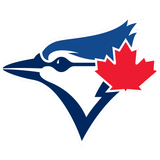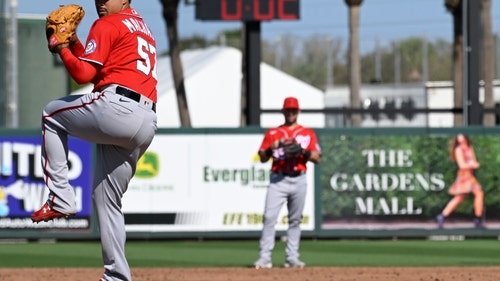
Toronto Blue Jays 2016 Year in Review: Roberto Osuna

Roberto Osuna is locked in the Blue Jays closer of the present and future at just 21 years old
Roberto Osuna’s numbers over two seasons would look impressive coming from an established reliever in their prime seasons. From a 21-year-old? Even better.
Osuna’s composure and mound maturity often leaves fans forgetting just how young the ’95-born closer is. With several openings in the Blue Jays bullpen entering the 2017 season, Roberto Osuna is the locked-in constant that the front office will now build around.
The Good
In his second full MLB season Osuna was one of the most heavily-used relievers in the American League, both in terms of appearances and innings pitched.
The right-hander appeared in 72 games and threw 74.0 innings, both numbers that could represent his ceiling if the Blue Jays decide to more carefully manage his workload in the future. Right across the board, however, Osuna’s numbers put him close to the top tier of MLB closers.
With a 2.68 ERA, Osuna lowered his walk rate from 2015 to just 1.7 per nine innings while striking out 10.0-per-9. This left him with another WHIP below 1.000 and a FanGraphs Wins Above Replacement of 1.8 (up from 1.3 in 2015). Osuna finished the season with 36 saves, giving him 56 now in his young career.
One area of Osuna’s game that took a noticeable jump was his ability to force infield fly balls — the least threatening of all balls in play. Just 8.5% of Osuna’s allowed fly balls stayed in the infield in 2015, but that number jumped up to 20.5% in 2016. If sustainable, that is a valuable too for Osuna that shows hitters are making weak contact and not fully barreling up on the ball.
On the whole his fly ball, line drive, and other batted ball metrics remained fairly similar to his rookie season (though he did find hard contact more often). With steady metrics in most of those areas, it is easier to project Osuna’s success as sustainable long-term, though that shouldn’t be brought into question at this point.
In terms of velocity, Osuna’s hard pitches stayed on the level (fastball averaged 95.7 MPH). His slider was the only noticeable change as he shaved nearly 1.5 MPH off, but this produced an even more effective wipeout pitch for him.
The Bad
Osuna did have a late-season stumble that briefly caused some worry in Toronto. Of course, he did make up for that quickly with an excellent playoff run.
Over Osuna’s final eight regular season appearances (which, you see, is an arbitrary sample size used here to fumble and reach for a negative), Osuna allowed six earned runs in 9.2 innings pitched. These runs came in three games (two runs apiece), which brought out the narrative that Osuna was tiring due to his heavy usage. An injury scare did nothing to disprove this and forced the Blue Jays to manage their playoff roster differently, but Osuna proved to be just fine in the ALDS and ALCS.
The Future
Toronto holds team control on Osuna until 2021, and he is not arbitration eligible until 2018. Ross Atkins said recently that Osuna will remain a full time closer, too, which puts to rest any talk of a rotation move. At least for the next year or two.
Osuna is, without question, the Blue Jays best and most valuable reliever. One variable to monitor going forward is his usage — not just how often he’s used, but where he is used. Will Andrew Miller‘s excellent playoff run spawn a line of copycat bullpens throughout baseball and see Osuna being used in the highest leverage situation, not just the ninth?
It will also be worth monitoring Osuna’s velocities and pitch movement throughout the 2017 season if his workload remains high, but to this point, the Mexican closer has done nothing but impress. Another small step forward would put him in the conversation of the game’s elite closers.
Other Toronto Blue Jays ‘Year in Review’ Profiles:
Michael Saunders Ryan Goins Ezequiel Carrera Joe Biagini
Chris Colabello Aaron Loup Kevin Pillar Melvin Upton Jr.
Justin Smoak Francisco Liriano Ryan Tepera Devon Travis
J.A. Happ
More from Jays Journal
This article originally appeared on





